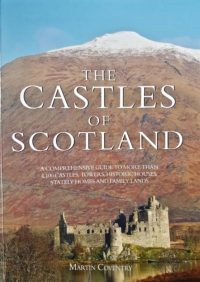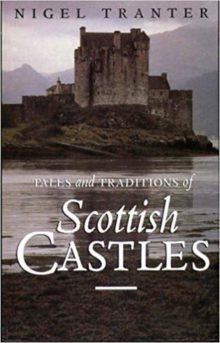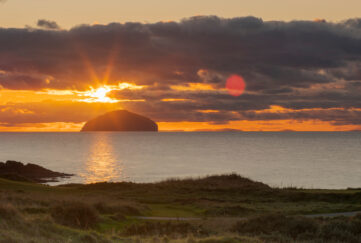Create Your Own Castle Quest!
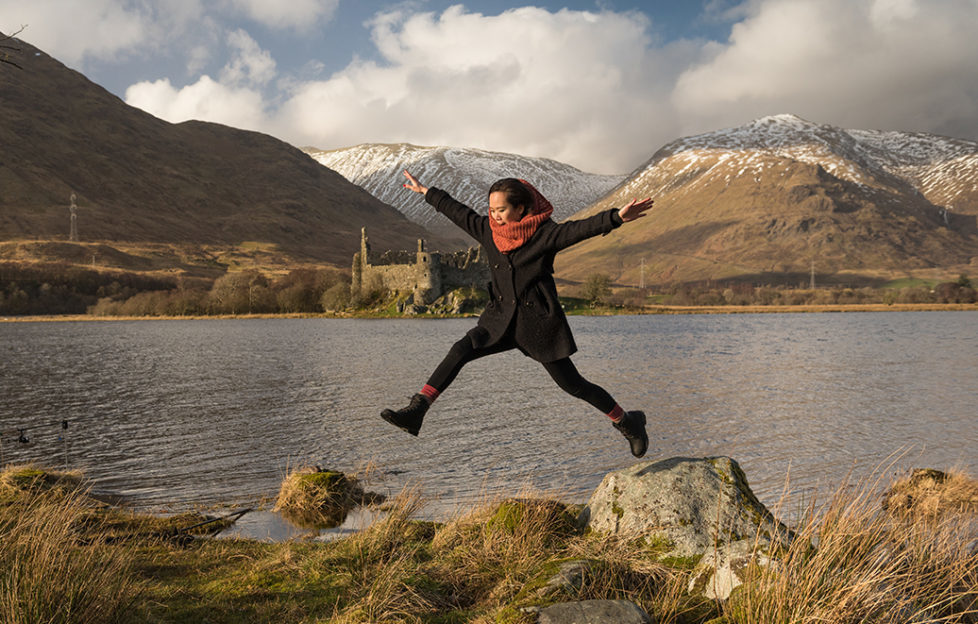
Choosing which of Scotland’s 2,500 castles to explore can be a daunting task, but David Weinczok is here to help
Scotland’s castles range from romantic ruins and fully functioning towers… to barely identifiable piles of stone in fields full of nettles.
The major castles that pop up on tourist trails and Instagram profiles barely skim the surface. Crowds clamour to enter Edinburgh Castle yet remain oblivious to more than 10 other castles and towers in the capital itself! (Hint: you can find many of them on my Capital Castle Hunt blog).
There’s no great secret to castle hunting – no exclusive club, no arcane knowledge. Alas there is no long-lost maps guarded by swinging blades or boulders rolling along tracks.
There are, however, a multitude of books, websites, maps, and other resources that I turn to whenever I’m planning my next castle quest. Whether you’re simply curious about what hidden gem is near you or want to plan an epic expedition, here are all the tools you’ll need to choose your own castellated adventure in Scotland.
Online Resources
Stravaiging
When I want to obsessively track down every single castle in an area, this is where I go.
With an interactive map of Scotland dotted with nearly 3,000 sites you could easily go down an hours-long rabbit hole here. The location of each site is incredibly precise so there’s no worries about turning up to the wrong field or hill. Many of the castles come with historical descriptions, too. The site also does the same for mottes and Pictish archaeology, if you’re interested. Stravaiging is also great for filling in the gaps left by the Collins map. It certainly makes you realise the staggering number of castellated sites in any given part of Scotland. They’re often much closer to home than you’d expect too!
www.stravaiging.com/history/castles
The Castle Guy
Historical consultant and author Simon Forder is a veritable castle champion.
His exhaustive knowledge of Scotland’s fortified sites and a knack for digging up clues that elude many other well-trained eyes. He puts encyclopaedias to shame, and his website gives detailed information on more than 300 Scottish castles. He’s always open to enquiries, too, since at the end of the day he does it for the love of it. He’s always keen to share that passion with other castle hunters.
https://thecastleguy.co.uk/castle/
Canmore
Sometimes I’m not sure if a site is going to have a full-blown castle or tower or just a few shoddy stones in the middle of a farmer’s field. To clear any doubt, I turn to Canmore. It’s a fantastic and exhaustive database that details thousands of historic sites across Scotland. These aren’t limited to castles but include ancient sites, crofts, battlefields, and anything else that’s of historical interest. With archaeological notes often spanning at least a century, it’s also a great way to get insights into what past castle hunters would have encountered. Canmore is an absolutely essential tool in any Scottish history lover’s kit.
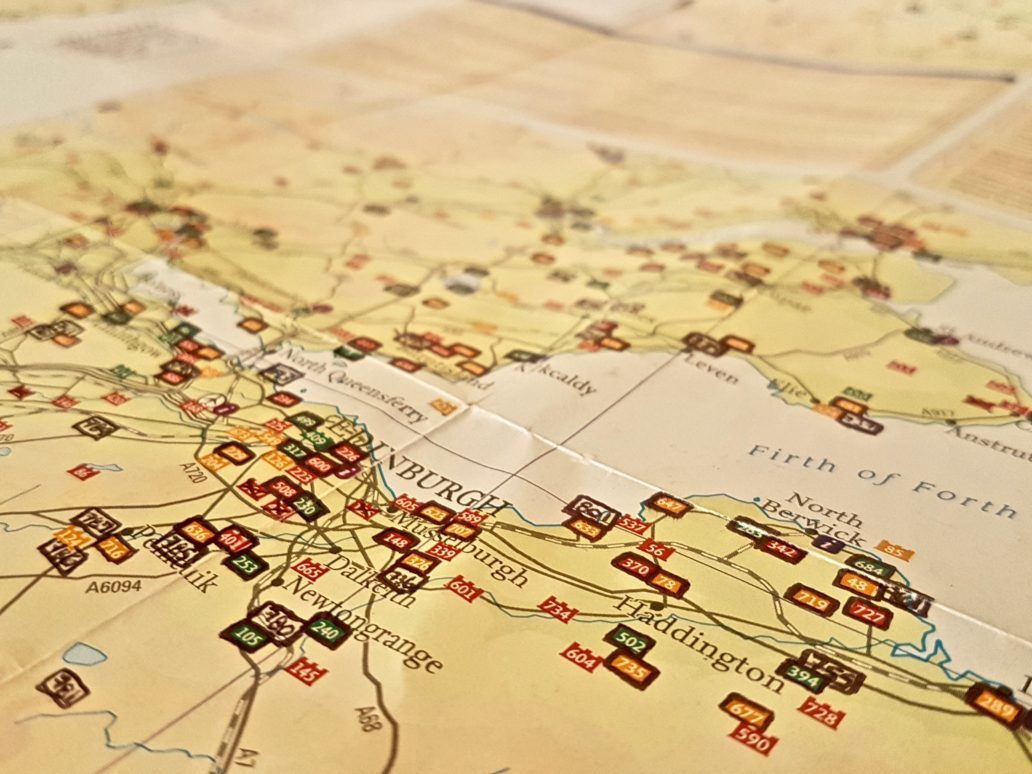
Good Ol’ Maps
There are few things as satisfying as tracking down a secret place with a map in hand.
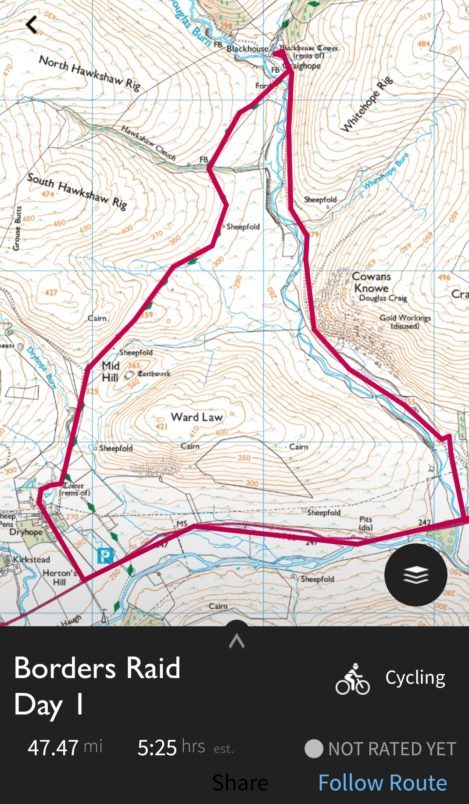
David’s route for his “Borders Raid” on the OS Maps app
As a starting point, I turn to the Collins Castles Map of Scotland, which you can find in most major booksellers and tourist information centres.
It lists over 700 sites and categorises them by their accessibility. A red site indicates a private residence, yellow indicates a site that is publicly accessible but not ticketed, and green indicates major sites run by the likes of Historic Environment Scotland.
I have some quibbles, however. The map has some surprising omissions (which I’ve added in by hand on my copy) and includes some places that I wouldn’t qualify as castles, but it’s great fun to check castles off the list as you make your way round.
The best tool out there for history seekers, ramblers, explorers, and the casually curious alike is undoubtedly the Ordnance Survey (OS) maps. Whether you’re using the physical versions or, like I do, the mobile app, these maps mark out just about everything.
They show castles, mottes, and hillforts to standing stones, cairns, and, most importantly, the meandering, unobvious paths you often need to navigate reach them.
Using the app, I plot out the best way to hit all the castles and historic sites in an area accounting for elevation, distance, and timing. If I had to take only one resource with me on a castle hunt, this would be it.
Books
This section could go on as long as you’d be willing to read it! I’ll keep it to a few key books that I’ve found especially helpful.
These have not only allowed me to find out about Scotland’s castles in the first place, but also bring them to life. Tales, anecdotes and insights are what make visits so much more enjoyable. After all, the buildings can sometimes blur together and giant masses of masonry, no mater how aesthetically impressive, can seem lifeless without stories to populate them.
Martin Coventry’s The Castles of Scotland
If it’s comprehensiveness you’re after, it doesn’t get more definitive than this. The most recent edition lists well over 4,000 sites across Scotland.
Although some of these stretch the definition of a castle the exhaustiveness of his work is unparalleled. It’s light on historical descriptions, being more concerned with cataloguing than elucidating, but with this book in hand you’ll be able to find every castle there is.
Richard Dargie’s Scottish Castles and Fortifications
When I was first getting into castle hunting, I found this to be a wonderful source of inspiration.
In what I describe as “a page and a picture” book, Dargie profiles over 100 castles. Each one has, you guessed it, a page and beautiful picture allocated as well as brief histories of castle architecture in Scotland.
I recommend flipping through it to see what castles you find most compelling, and then using the other resources I list here to find what else is nearby.
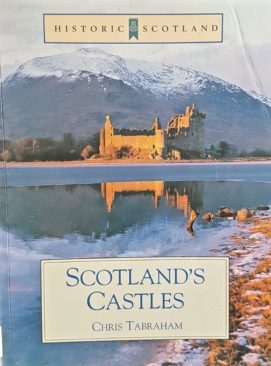 Chris Tabraham’s Scotland’s Castles
Chris Tabraham’s Scotland’s Castles
This book, published by Historic Environment Scotland, is essential for learning the overarching history of Scotland’s castles.
It provide case studies and draws from a wide range of sites. Plus by the book’s end you’ll have a solid understanding of why castles proliferated in Scotland.
This details the people and social forces that created castles, how they function, and how they declined – or, in some cases, found a new lease on life – in the modern era.
Nigel Tranter’s Tales And Traditions of Scottish Castles
Every castle has a story, and there are few better Scottish storytellers than Nigel Tranter.
The original castle hunter, Tranter brought Scotland’s story and that of its castles to millions worldwide. He’s published iconic works of historical fiction such as his fascinating Bruce Trilogy. In Tales and Traditions of Scottish Castles he recounts the battles, tragic romances, ghostly happenings and oddities associated with a selection of Scotland’s castles, many of them lesser-known.
Arm yourself with a story or two before visiting any castle or historic site, and watch the walls come to life before your eyes.
With all that in hand, you’re ready to do some castle hunting! Now, go forth!
Another fantastic castle resource is, of course, David’s own website which you can find by clicking here.


